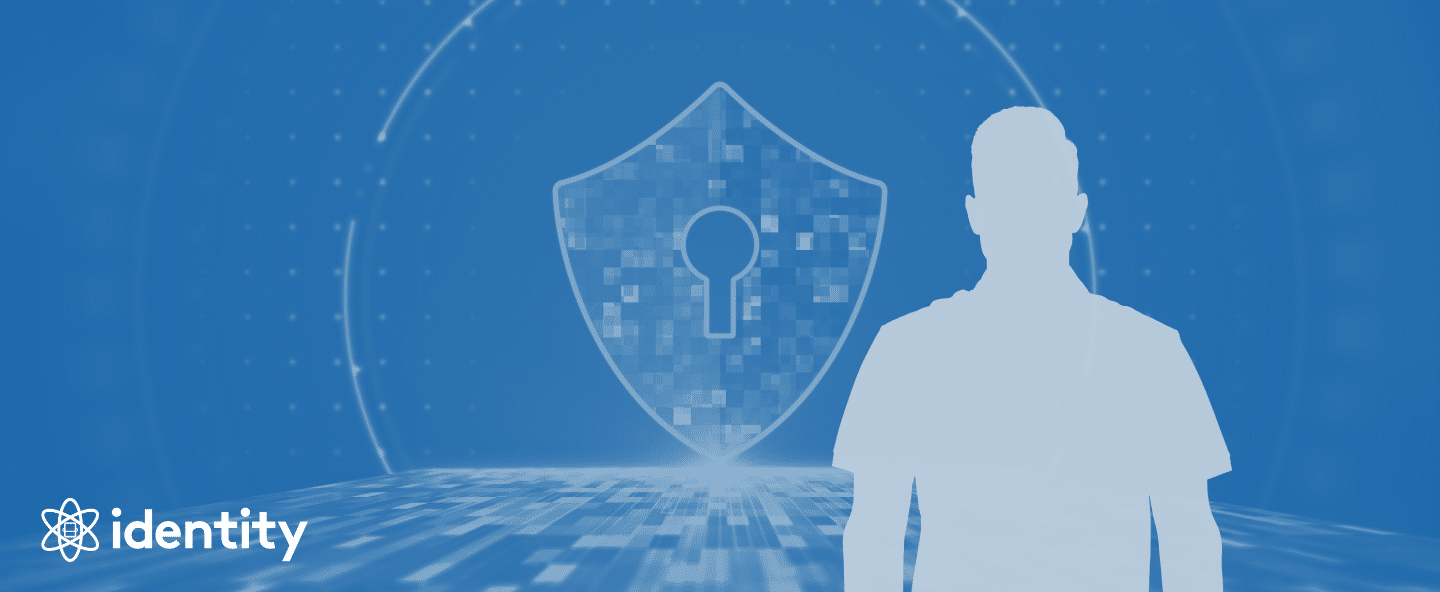
User-Centric Digital Identity: Balancing Privacy and Accessibility
Key Takeaways: User-centric identity puts the control of your digital identity in your hands. This means you decide what information

Key Takeaways: User-centric identity puts the control of your digital identity in your hands. This means you decide what information
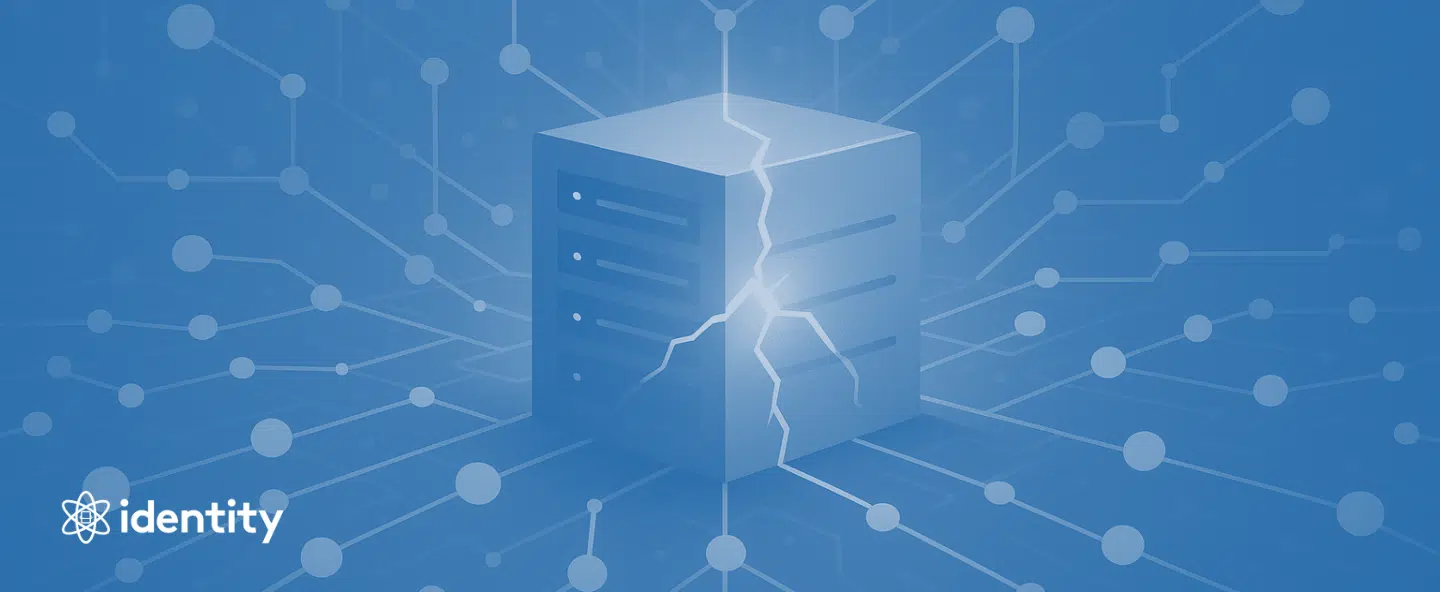
Key Takeaways: A single point of failure happens when all critical data depends on one system. This creates a fragile

Key Takeaways: Some of the latest platforms requiring age checks include Spotify and YouTube. Their new rules have sparked backlash,
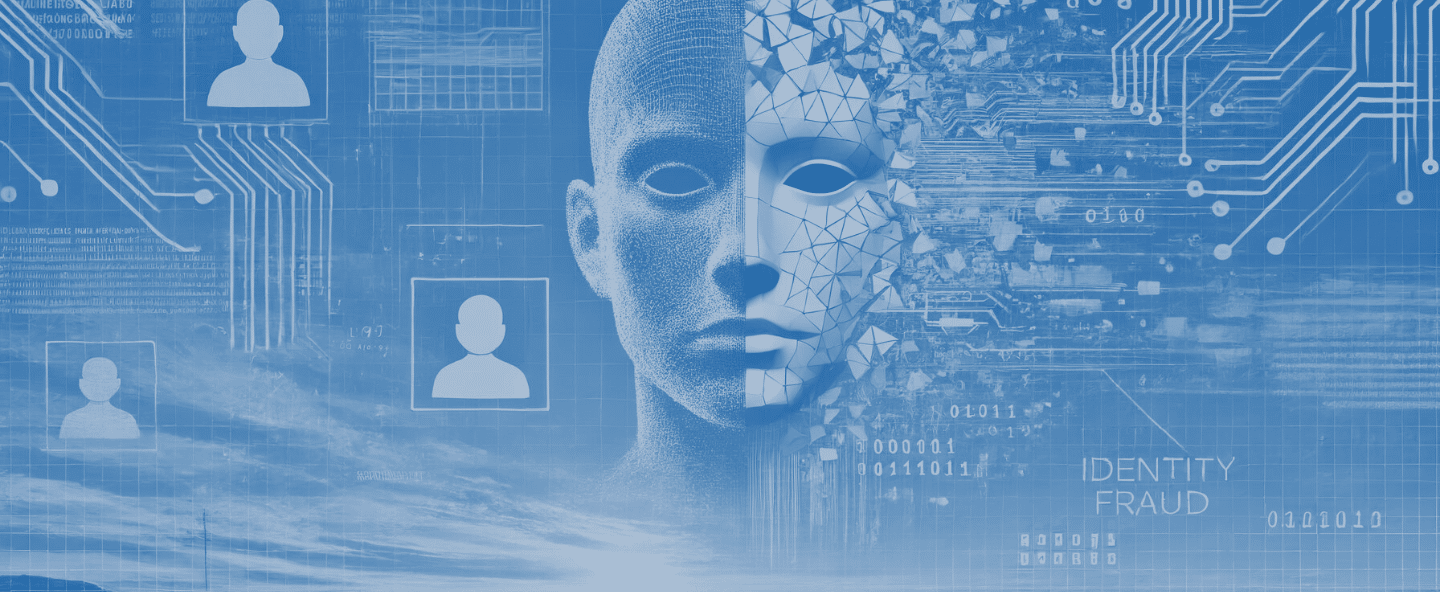
Key Takeaways: Synthetic identity fraud is one of the fastest-growing types of financial crime, blending real and fake information to
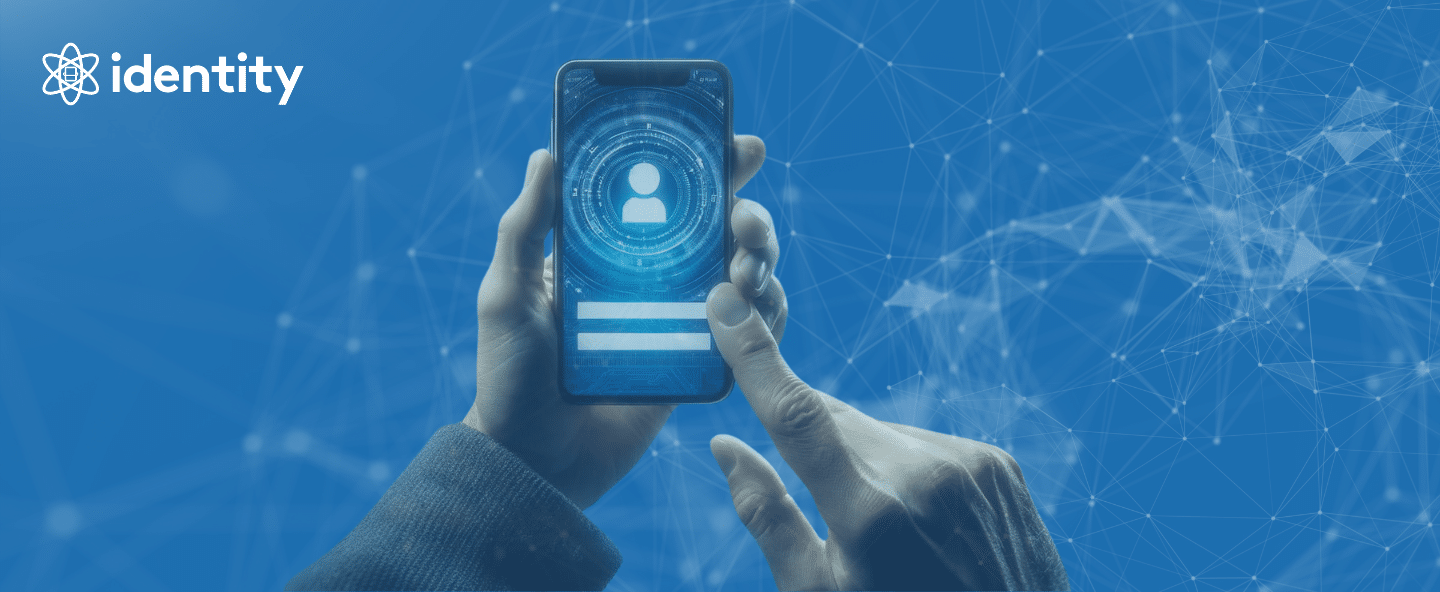
Key Takeaways: Reusable identities allow individuals to access multiple online services with a single set of verified credentials. This eliminates
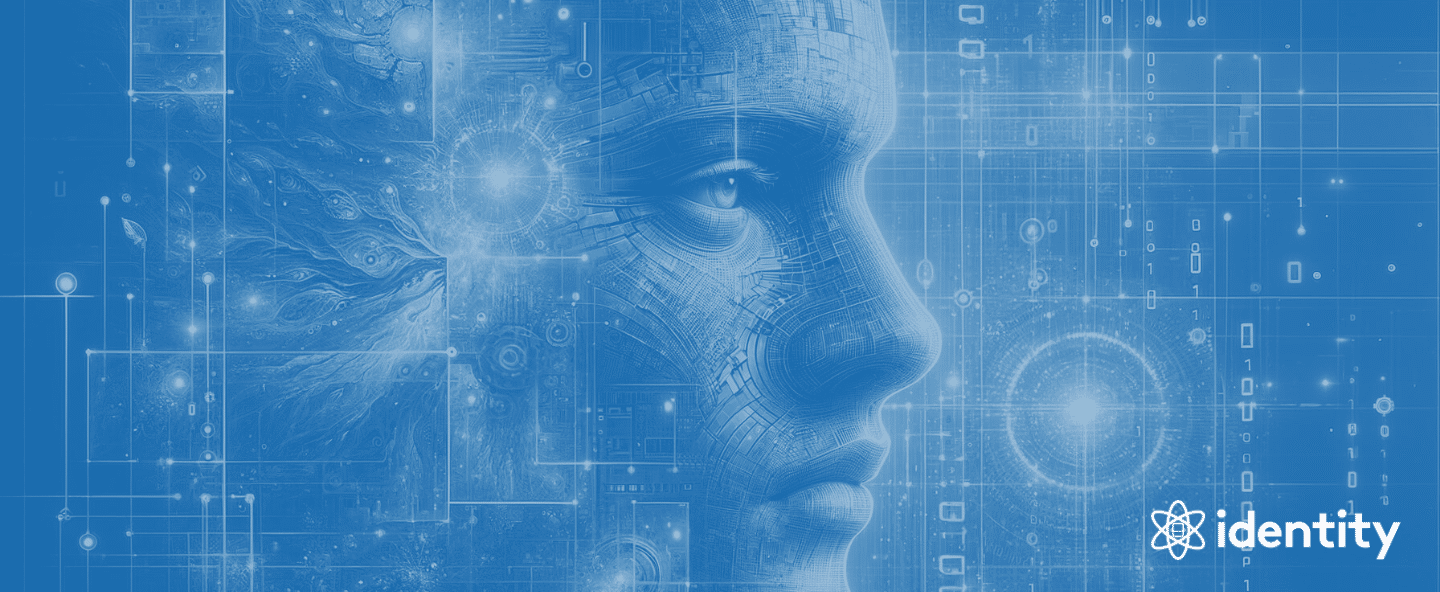
Key Takeaways: Proof of Humanity (PoH) is a system that verifies that participants are real people. It addresses the presence

The digital gambling industry is expanding quickly, drawing in millions of users through sports betting apps, online poker rooms, and

Key Takeaways: Identity theft is the crime of using someone else’s personal information without their permission to commit fraud or

Key Takeaways: Data minimization involves collecting and storing only the data absolutely necessary for a specific purpose. This reduces the